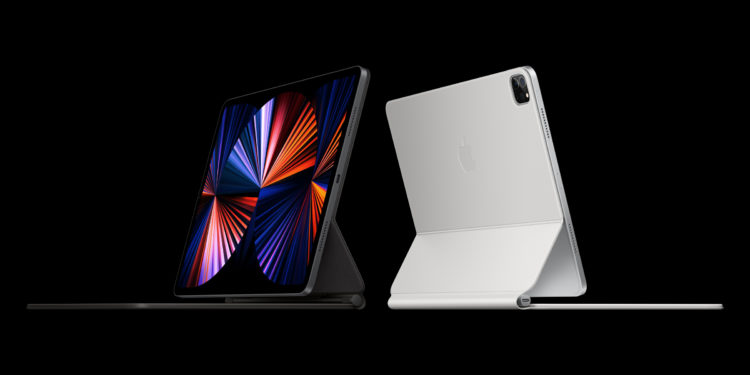Apple introduced updated 11- and 12.9-inch iPad Pro models earlier this week, with few external changes. But there is one notable internal change - the introduction of the M1 chip. The processor was already used in the MacBook Pro, MacBook Air and Mac mini models introduced in November.
The announcementthat the new iPad Pro lineup will use the M1 chip hit like a bomb. Now observers are asking whether Apple is planning to merge the Mac and iPad. The answer is no. Apple's marketing chief Greg Joswiak and hardware chief John Ternus gave an interview to The Independent to talk about the new tablets. The use of an M1 chip in an iPad has naturally led to speculation about merging the iPad and Mac product lines, a topic that comes up again and again. But Joswiak says that's not the goal.
Mac & iPad merger: Nothing but conspiracy theories
There are two conflicting stories that people like to tell about the iPad and the Mac," says Joz, launching into a clarification that will at one point lead him to apologize for his passion. "On the one hand, people say that they are in conflict with each other. That someone has to choose between having a Mac or an iPad. Or people say that we are merging them into one: that there really is this big conspiracy to eliminate the two categories and make them one. The reality is that neither is true. We are quite proud of the fact that we work really, really hard to create the best products in their respective categories.
Ternus added that Apple is not aiming to restrict one device to avoid affecting another.
We're pushing to make the best Mac we can make; we're pushing to make the best iPad we can make. Apple plans to continue to improve both products and won't get caught up in theories of "merger" or anything like that.
The M1 chip is the best silicon Apple currently has to offer
The new iPad Pro models arguably have more power than is necessary for a tablet that doesn't have the ability to run professional software like Final Cut Pro. But Ternus and Joswiak declined to comment on software that might come in the future. Joswiak instead said the extra power gives developers more room to find new ways to extend their apps.
Our developers are pretty quick to take advantage of it. It's not like it's languishing for years.
He also said it's great for customers to know they can buy a system "that still has room to run" and won't "be instantly obsolete." Explaining why Apple chose the M1 chip instead of an A-series chip, Ternus said the best Apple silicon has always gone into the iPad Pro and right now the M1 is the best Apple silicon Cupertino has available.
iPad Pro XDR display: Reduction was a “huge undertaking”
The two also commented on the 12.9-inch iPad Pro's new MiniLED display, which is the highest-quality display used in an iPad to date and rivals the Pro Display XDR. Ternus explained that shrinking the display was a "huge undertaking" that required more LEDs due to size constraints.
Shrinking it was a huge undertaking. When you look at the two products, the iPad is obviously much thinner than a Pro Display XDR and the way the architecture works - you have the LED backlight behind the display.
Apple added another new feature to the iPad Pro - an ultra-wide front camera with a new "Center Stage" feature that will allow you to stay in frame while moving around the room. Ternus said it's freeing and useful for FaceTiming with large groups. (Image: Apple)





